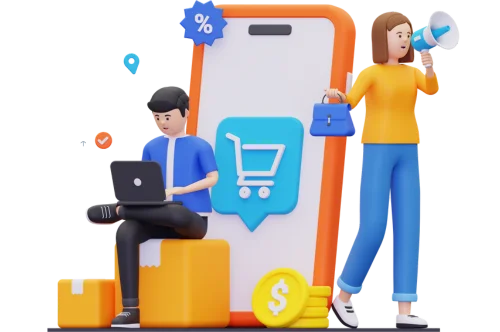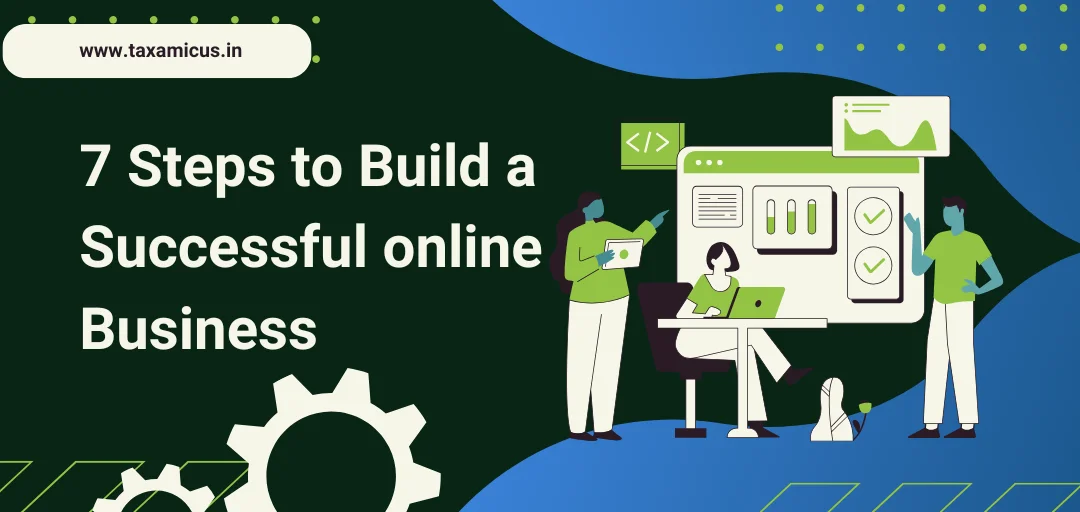Stages of Becoming a Successful Online Seller: A Step-by-Step Guide
Becoming a successful online seller involves navigating several key stages. Each step in the process contributes to the growth of your business and helps you move from a small seller to a thriving brand. In this blog, we break down the essential stages of online selling, providing you with clear steps to take at each phase of your journey.
1. Research the Right Product with Good Margins
- Why it matters: To start online selling, you need a product with a healthy profit margin. Focus on finding products locally that you can source at a low price but sell at a high margin.
- Goal: Aim for a margin of at least 2x (double the cost) to cover fees such as listing fees, commission, and shipping costs.
- Tools to use: Market research tools like Google Trends, competitor analysis, and insights from Amazon or Flipkart can help identify trending products.
- How it impacts online selling: A good product with a high margin is the foundation of a successful online selling venture, as it helps ensure profitability even after accounting for various fees.
2. Start Selling on Amazon, Flipkart, and Other Marketplaces
- Why it matters: Selling on well-established platforms allows you to reach millions of customers and build your brand presence in online selling.
- Steps to take:
- Create a seller account on platforms like Amazon, Flipkart, etc.
- List your products with optimized descriptions, high-quality images, and relevant keywords.
- When to move on: Once you see consistent sales, positive customer reviews, and a growing reputation, it’s time to consider diversifying your approach in online selling.
3. Sell Locally Manufactured Products on Online Platforms
- Why it matters: By offering locally manufactured products, you can stand out in the market and tap into unique, niche markets, which gives your online selling business an edge.
- Steps to take:
- Work with local artisans or manufacturers to produce products that reflect your brand’s uniqueness.
- Focus on expanding your product line to attract a broader audience.
- When to move on: If you’ve gained positive feedback from customers and have a steady flow of sales, it’s time to scale up your operations in online selling.
4. Register Your Trademark and Sell Under Your Brand Name
- Why it matters: Trademarking your brand protects your intellectual property and helps establish your identity in the market, especially in online selling.
- Steps to take:
- Register your trademark for your brand name and logo.
- You can start this process early as trademark registration takes a minimum of 6 months.
- How it benefits online selling: Once you have a trademarked brand name, your online selling operations become more professional and credible, attracting more customers.
5. Search for a Manufacturer to Decrease Your Product Costs
- Why it matters: Reducing your product costs is essential for increasing your profit margins as your sales grow in the online selling world.
- Steps to take:
- Find reliable manufacturers that offer competitive pricing for bulk orders.
- Negotiate deals with manufacturers to lower the cost per unit while maintaining product quality.
- When to move on: After establishing a stable business and growing your customer base, start working directly with manufacturers to scale your business in online selling and reduce costs.
6. Create Your Own Website and Start Selling There
- Why it matters: Owning a website gives you control over your brand and customer experience without the interference of third-party fees in online selling.
- Steps to take:
- Use platforms like Shopify or WordPress to set up an e-commerce website.
- Optimize your site for SEO, user experience, and conversion to attract and retain customers.
- When to move on: Only move to this step if your sales on marketplaces are steady, and you are confident that you can drive traffic to your website and continue your online selling success.
7. Set Up Your Own Manufacturing
- Why it matters: Setting up your own manufacturing unit allows for total control over production, quality, and cost management, helping to scale your online selling business.
- Steps to take:
- Invest in infrastructure, machinery, and labor to manufacture your products in-house.
- Focus on scaling up operations once your online sales are consistent and profitable.
- When to move on: This should be the final step after your online sales are strong, and you have a reliable customer base. Only proceed if you’re confident in your ability to manage manufacturing operations and grow your online selling business.
Conclusion:
By following these stages, you can gradually build your online selling business and take it from a simple marketplace seller to a well-established brand. Each stage is designed to be scalable, so you can progress as your business grows. Patience, persistence, and careful planning are key to success in online selling.
Remember, don’t rush to the next step until you’ve mastered the current one. Keep focusing on optimizing each phase, and your business will evolve naturally into a successful online selling brand.
Our E-Commerce Services

GST Refund
A GST refund is the reimbursement of excess GST paid, unutilized Input Tax Credit, or Tax Collected at Source (TCS) claims by businesses, including e-commerce sellers.

All E-commerce Tax services
E-commerce tax services help online sellers navigate GST registration, compliance, return filing, TCS management, tax planning, and audits, ensuring efficient tax management and legal compliance.

Payment Reconciliation
Payment reconciliation ensures accurate tracking of payments, matching invoices with received amounts, and resolving discrepancies to maintain financial integrity in business operations.





